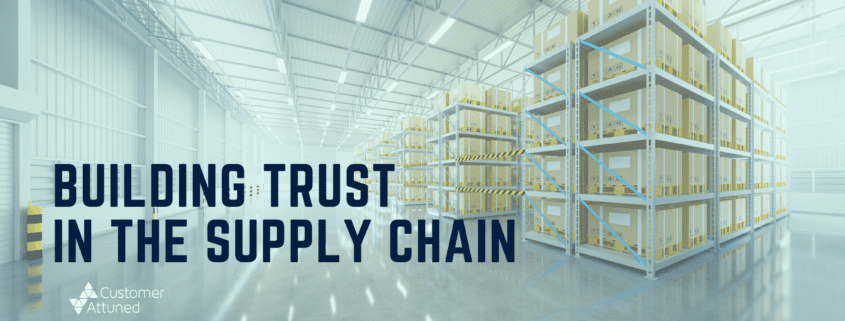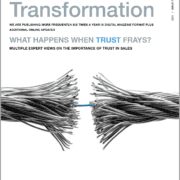Building Trust in the Supply Chain
How do you go about building trust in the supply chain?
Working with independent food and beverage wholesalers during the pandemic has been a real rollercoaster ride as the economy tries to deal with government actions during a health crisis. Much has been publicised about the need to secure the supply chain for our foodstuffs which under normal circumstances you would simply trust that the shops will be open, the shelves full, with plenty of choice, and competitive pricing.
Wind back to the first few weeks of March last year – panic buying, empty shelves, key workers publishing online videos pleading for calm as they tried to help the vulnerable but could not get fresh food for their families. And then lockdown, with socially distanced queues. And then the tier system, restricting vast chunks of markets whilst others were creaking at the seams. And of course lockdown v3.0.
So almost a year later, how can you ensure that your supply chain is working; that you understand how your markets have evolved; how have your customers behaved; and is your organisation fit for purpose? All great questions!
Basically, you need to know if you can trust your supply chain. And that trust comes from understanding your market (s), your relationships with your customers, and how you are organised to fulfil customer’s needs.
Reflecting back upon this rollercoaster ride, here are a few tips for you to consider:
Your market (s)
Have you experienced a small or significant change in your market? Understanding the scale of change is one thing; identifying where your market may have shifted is another; but a real insight into how much of the change is permanent versus temporary is the key.
- Tip number 1 – map your market and customer universe reflecting permanent and temporary shifts to ensure you know where the market potential is now and will be once we start to emerge into a freer environment.
- Tip number 2 – understand how your competitors have reacted; have they been able to respond better, and if so, what should you do differently to remain attractive to existing, new and greater potential customers
Your relationships
Normal customer management has seen a monumental shift towards virtual contact; customer plans, networking and influencing strategies have had to be re-written overnight. Trusting your connections made over a long period of time to deliver on promises is now more important than ever.
- Tip number 3 – make sure that every contact within your customer base has some form of relevant, ongoing contact from your organisation. Do not rely upon the odd, monthly catch up Zoom call. Focus heavily upon the key decision makers and those that heavily influence big decisions.
- Tip number 4 – work to a plan that you review with your leadership team on a regular basis. Make sure that you are getting real reach into the depths of your customer base
Your organisation
You will have had tremendous pressure across many fronts; delivering products or services; managing remote working; managing furlough whilst still being open for business; balancing financial support versus revenue generation – you name it, they have been immense. Yet your customers expect deliveries on time and in full.
- Tip number 5 – manage expectations. Make sure that you very provide visibility of what you can do and what you cannot.
- Tip number 6 – then deliver upon your promises!
- Tip number 7 – ensure that your end to end processes of order to cash are fit for process, resourced effectively, and your service levels are reviewed constantly whilst in this period of transition
- Tip number 8 – have the ability to flex your resources and processes should change be imposed upon your business
Your customers expect you to deliver on time and in full. Trust comes from doing this well, time after time. In periods of fluctuation, if you manage expectations well, deliver on your promises with an organisation that can flex itself when under stress, that trust will come.
If you’re struggling with your supply chain and would like advice, talk to Gary Lunt






